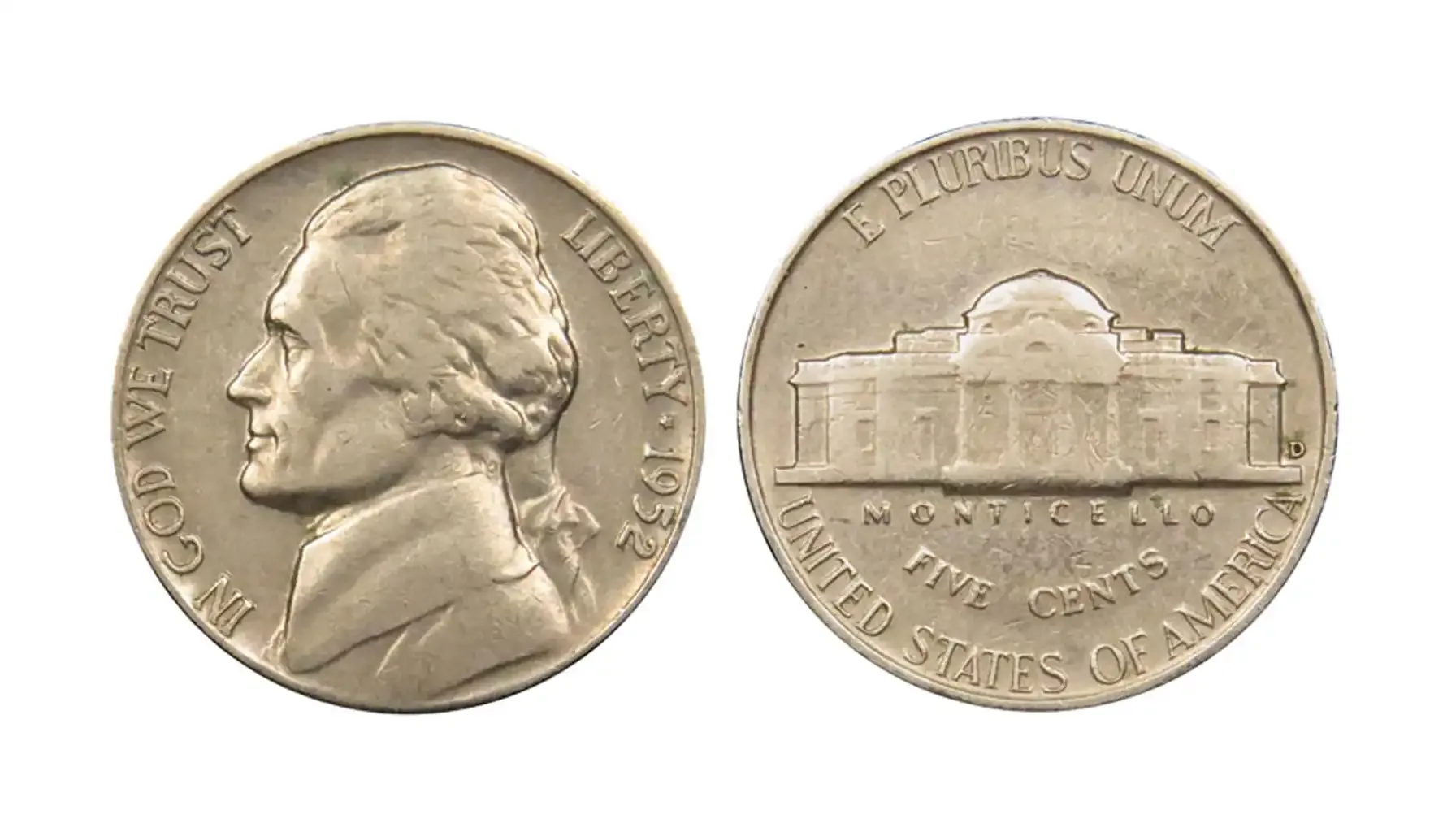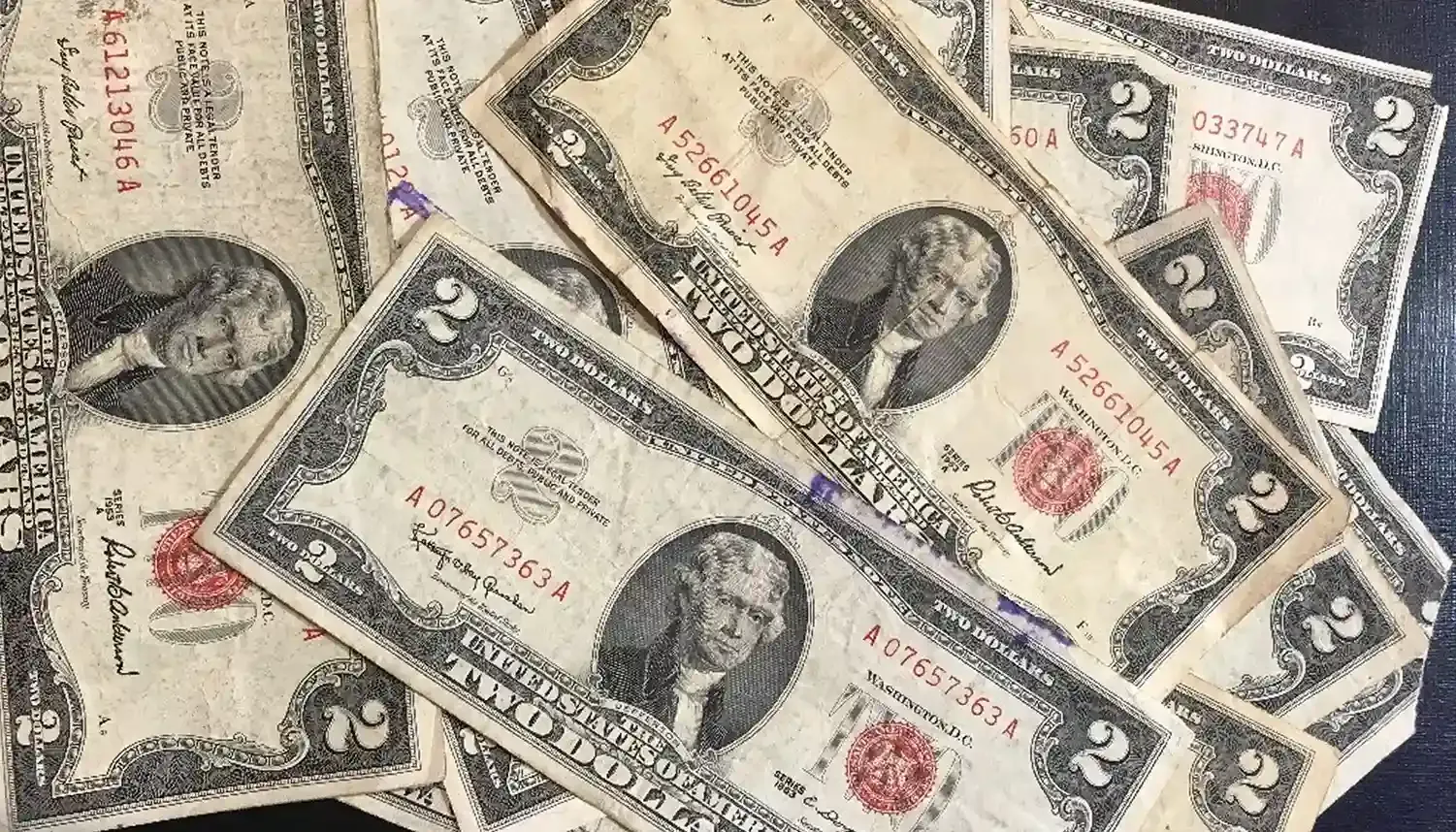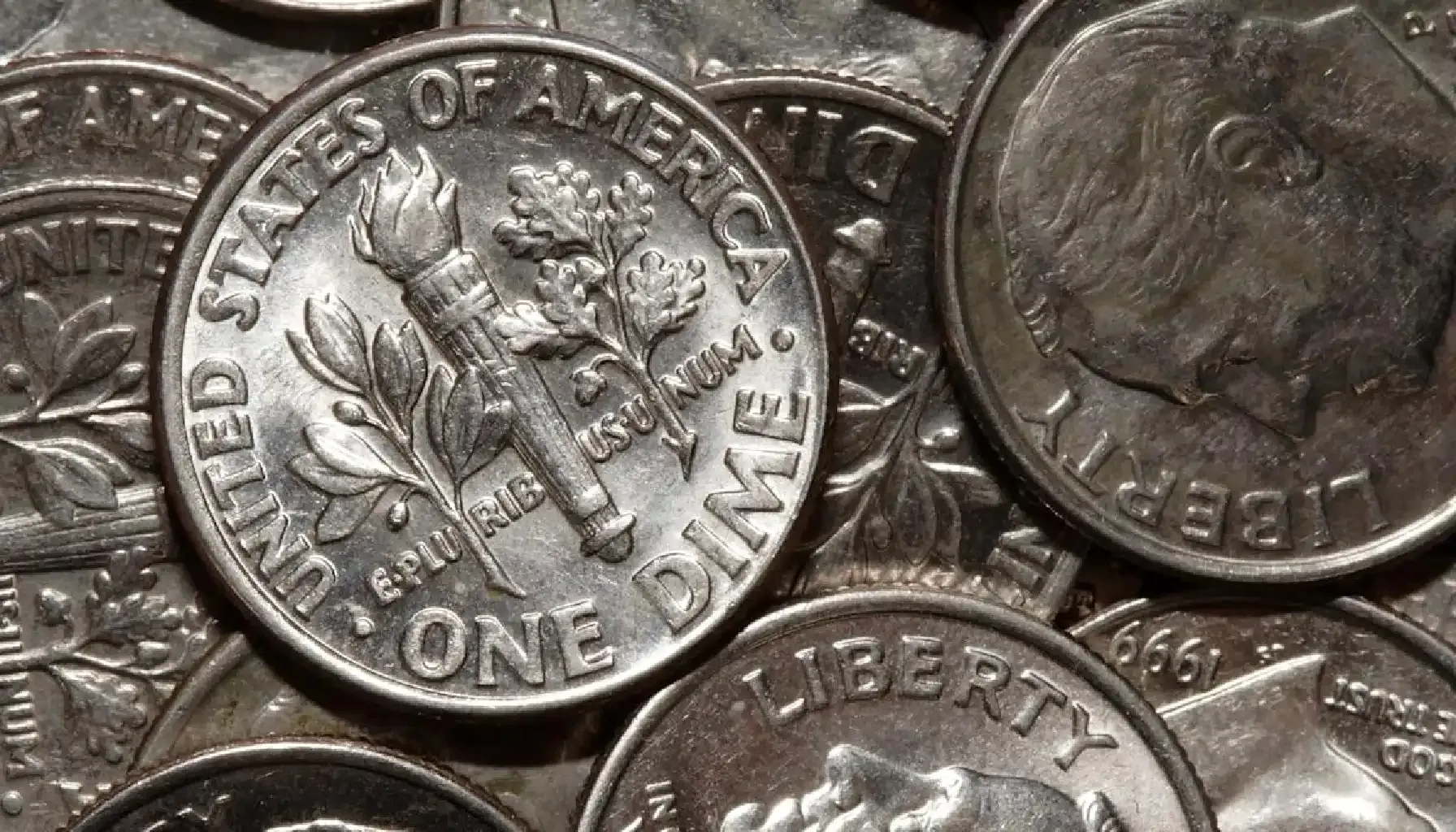Where to authenticate coins? It is one of the first questions that novice enthusiasts may be overwhelmed with. So as to get legal grading certificates accepted worldwide, it is necessary to reach out to the well-known, respected organizations responsible for this type of authentication.
But how does this work, and what should one expect when appealing to grading services? In this material, we are going to discuss the main aspects of grading, notable coin certification services, and general terms to be aware of.
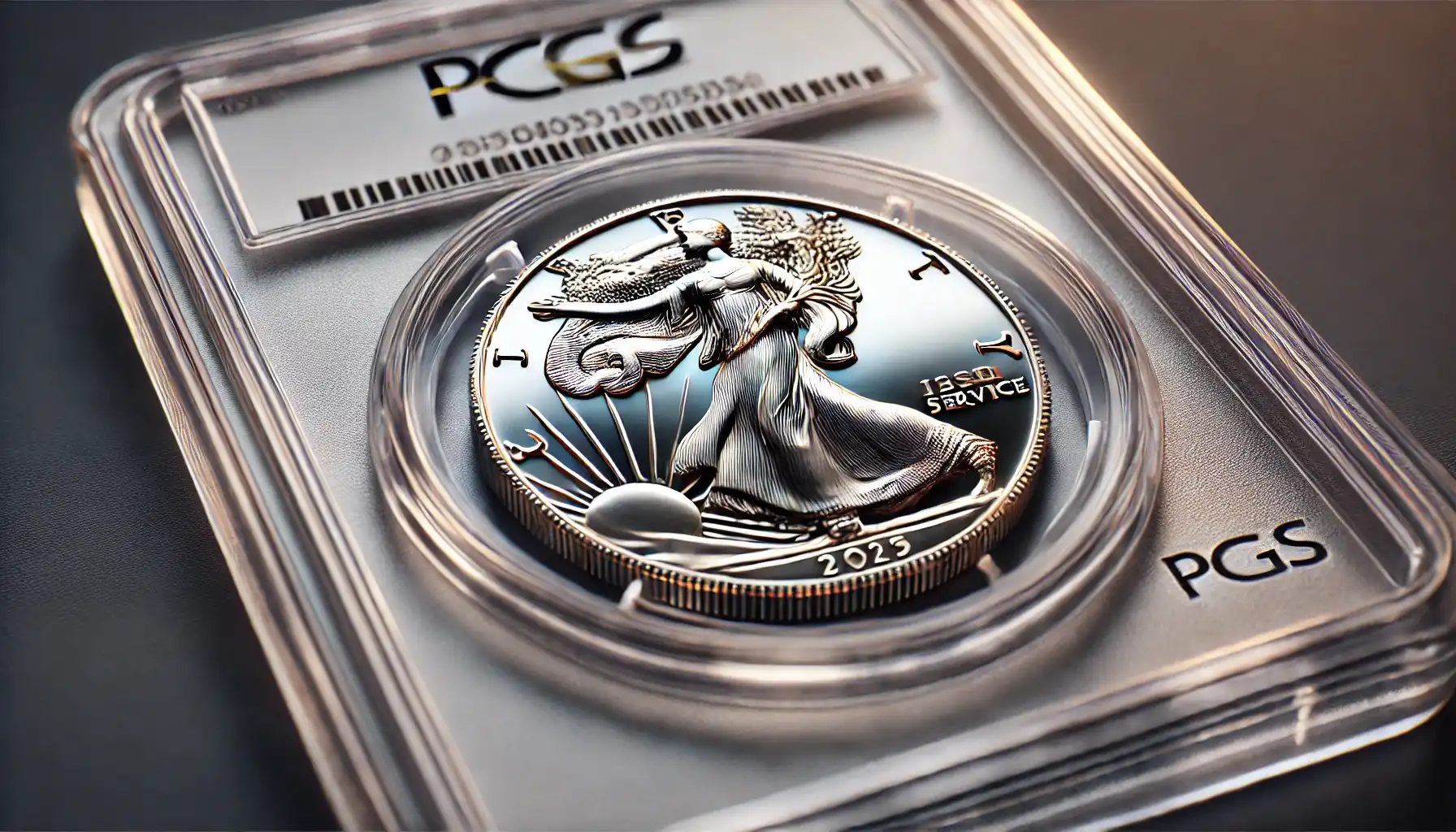
What is Coin Authentication?
Coin authentication is the process of verifying whether a coin is genuine (by metal composition, weight, design details, etc.) and assigning a standardized score, i.e., grade, based on its physical condition and rarity. A grade, on its part, refers to how well the sample is preserved, how many imperfections are found, and what type of wear is detected. The coin certification companies that offer such services should be recognized by the numismatic society, e.g., PCGS and NGC.
How Does Authentication Work?
So, how to authenticate a coin and get it certified? There are two basic ways: offline (through professional grading companies) and online (using digital tools for preliminary analysis).
Offline Authentication – Certificates Included
First, it is vital to choose an appropriate, reputable organization like PCGS, NGC, or ANACS. How much does it cost to get a coin certified?
PCGS
| NGC
| ANACS
|
Your coin can be one of the most expensive pieces, and to learn more about it, all you have to do is send your sample right to the office and wait for the process to commence. It usually starts with a professional grader who examines the coin with the use of special instruments to identify the unit of currency and its characteristics. Soon after, it is granted a grade that clearly reflects the condition of the object.
How does the process work?
You send your units of currency to the chosen service. Experts will:
Examine your numismatic creation under magnification and with precision tools
Confirm the authenticity and determine the grade (condition)
Seal the coin in a tamper-proof slab with a certificate containing the identification number, barcode, grade, date of certification, and additional authentication details.
This is the only method that provides a legal certificate of authenticity and value.
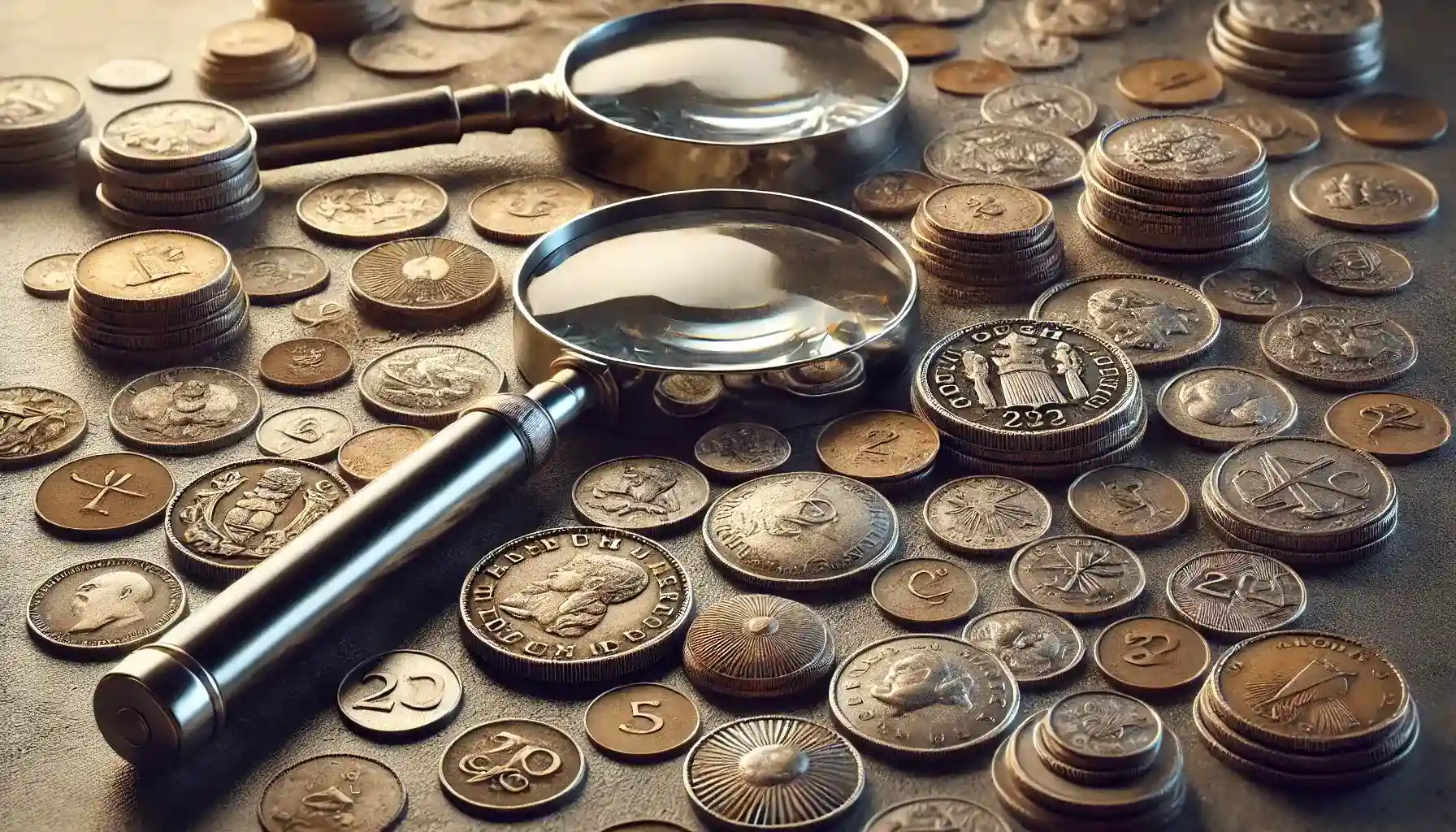
Online Authentication – Quick yet Reliable
Finally, how to get certified coins? If one wishes to do this examination quickly and on their own, they should follow the steps and employ additional tools like Coin ID Scanner to identify characteristics and keep track of records efficiently.
Designs are always the best indicators that tell the truth of what this numismatic creation can be. Here comes the Coin ID Scanner app, which may help one verify that the date, mint marks, and design features are correct. Pay closer attention to imperfections and irregularities that may define items as either rare or fake.
And do not forget to explore the coin-grading guide. This will definitely reveal what your collections are and how much they would cost on the market.
Note: Coin authentication apps cannot replace professional services. For official certification and investment purposes, you’ll still need to go through PCGS, NGC, ANACS, or another certified coin appraiser.
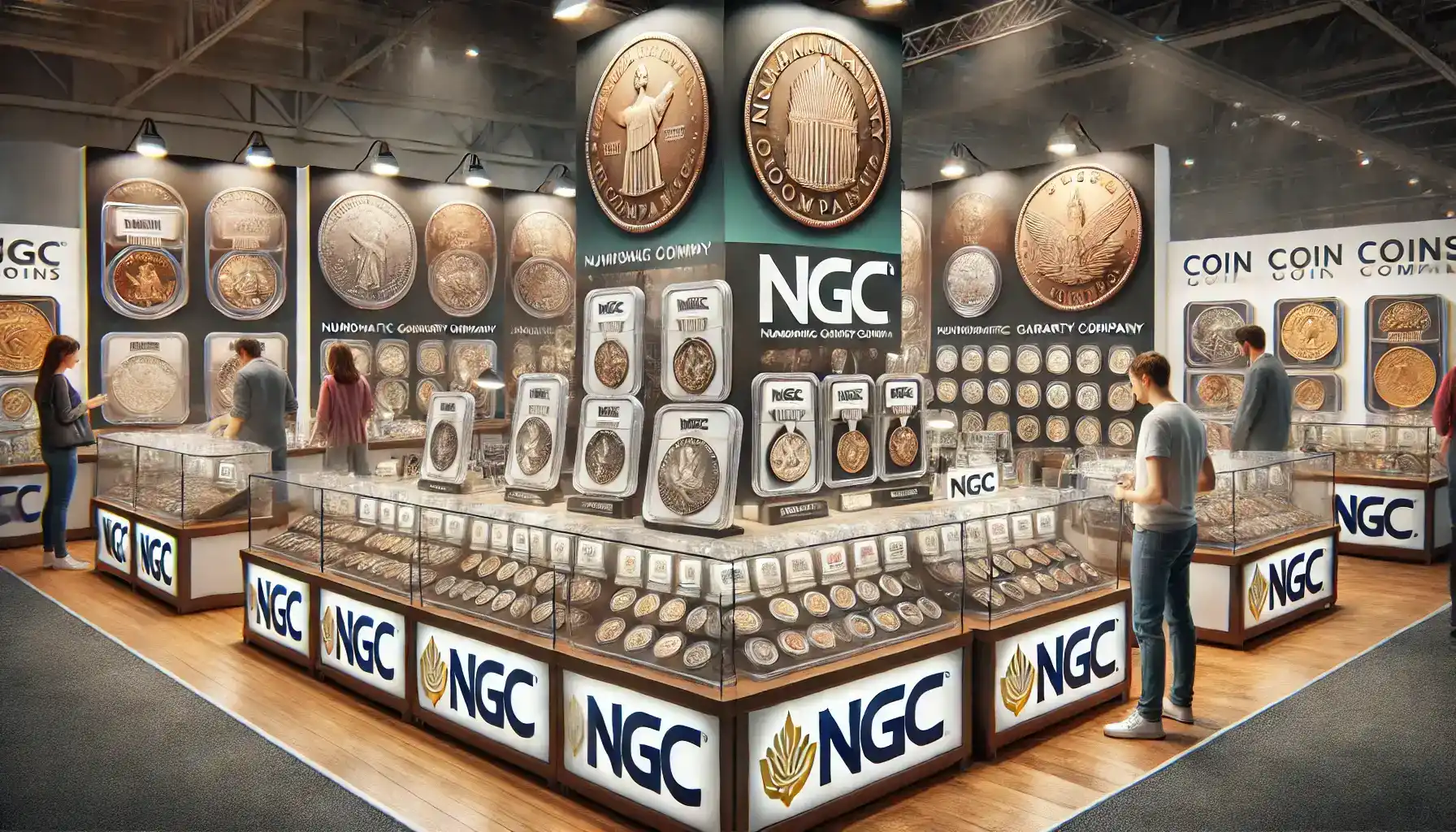
Looking for a simple way to get started? Our platform allows you to:
Take photos of your coin
Get immediate analysis and preliminary grading suggestions supported by AI and image recognition technologies
Connect with certified professionals for official authentication
Track and manage your collection digitally
Should you require legal authentication, the only way to obtain it is to refer to the professionals anyway.
Coin grading is an overly complicated task, for one needs an unimaginable volume of information acquired so as to slightly understand how to validate items at home. Trust reputable organizations and appeal to those whose lives are dedicated to this on a professional level.

